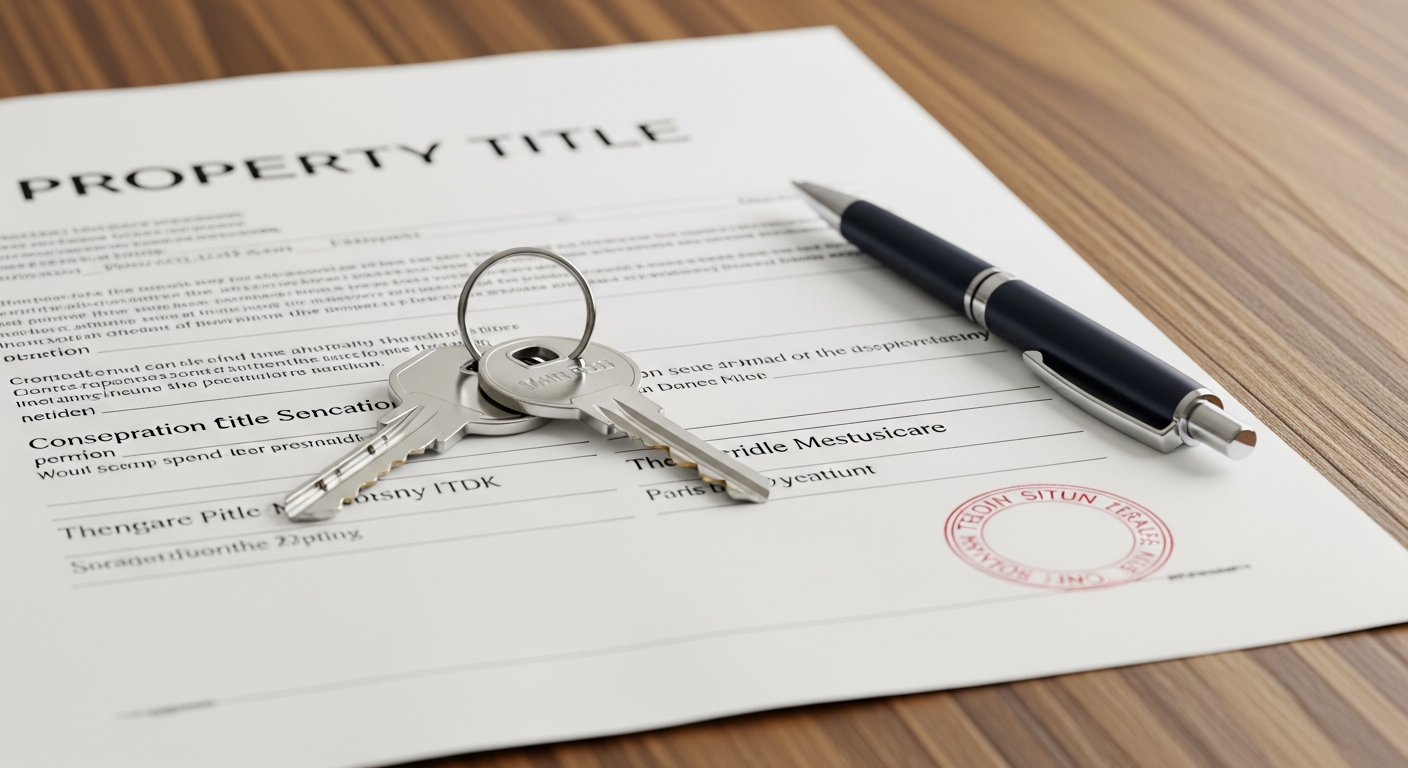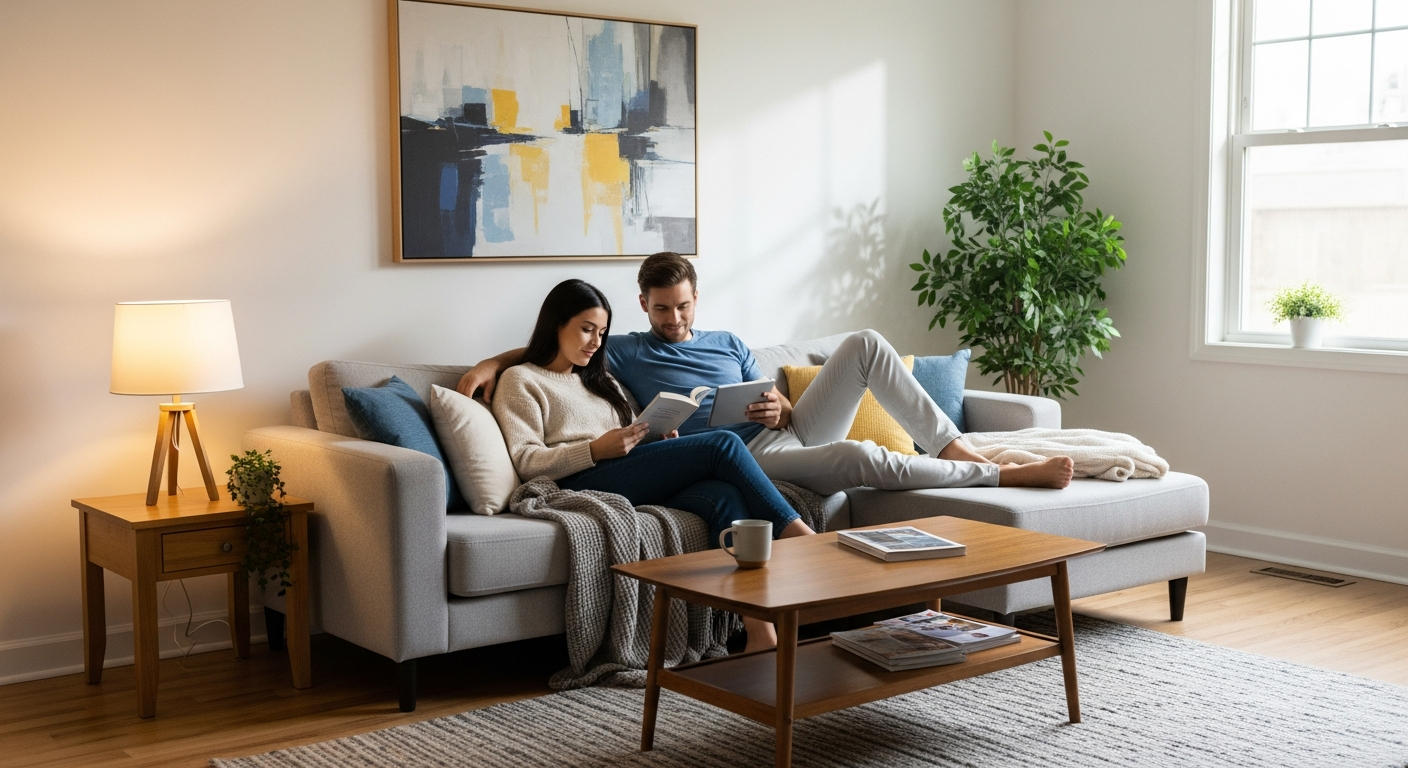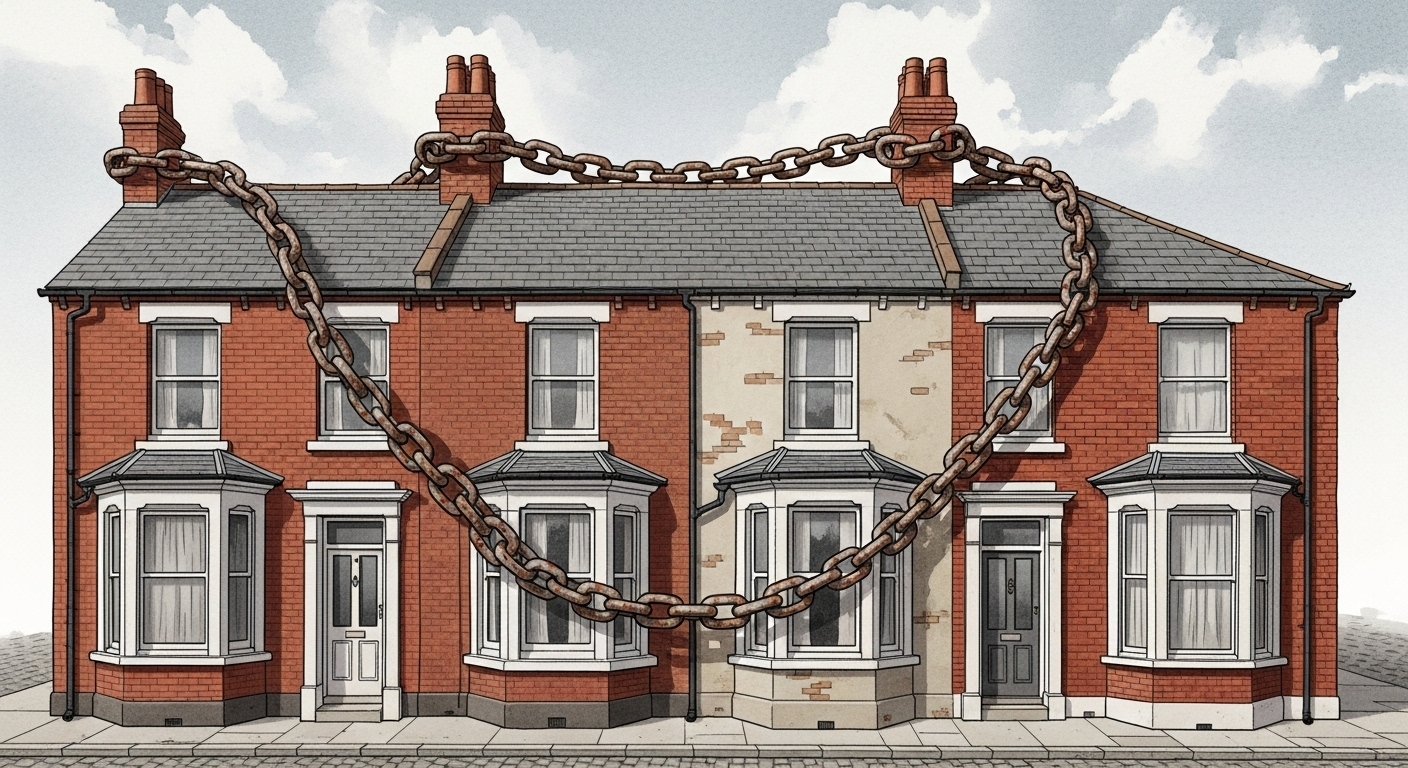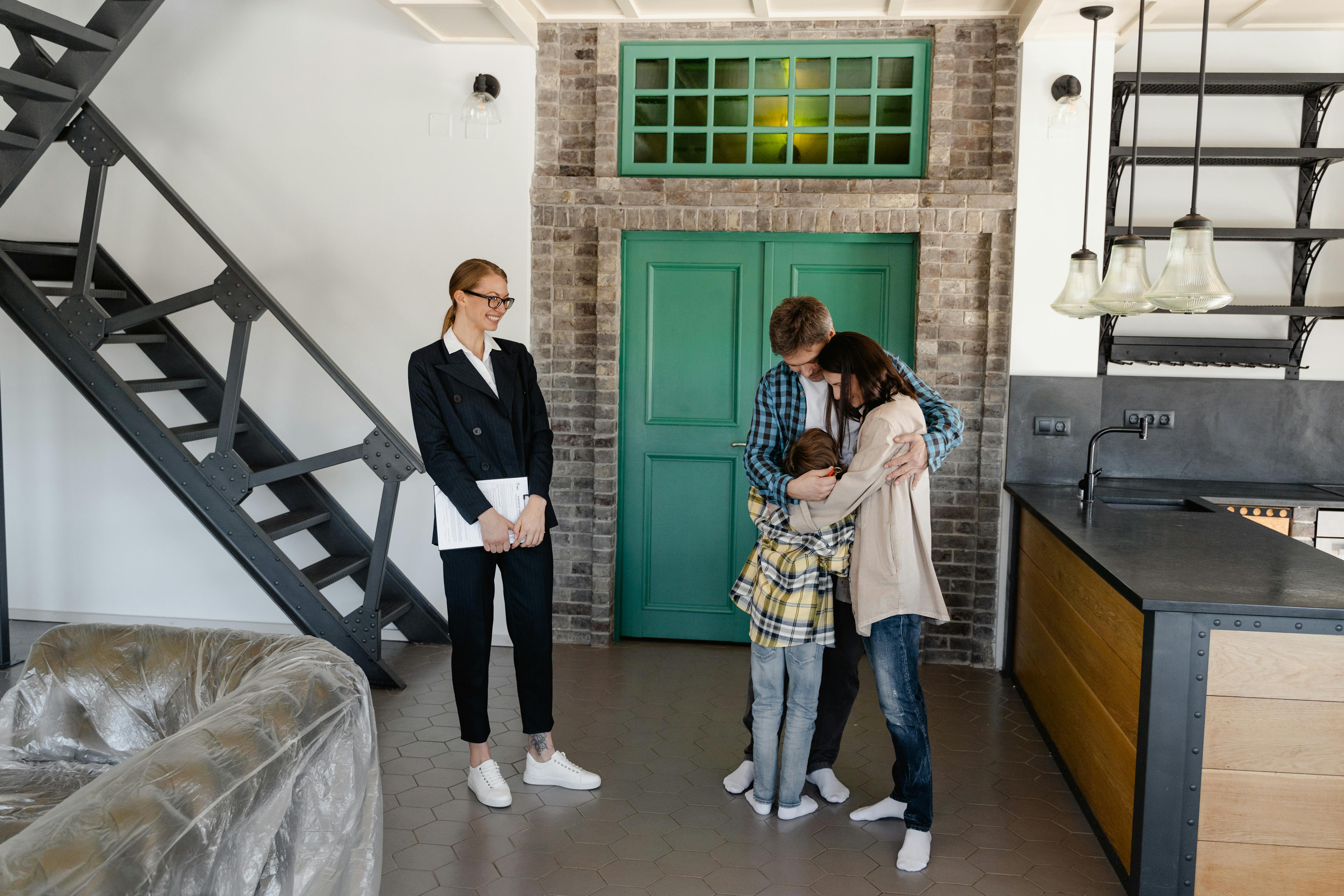Blog
Guide

Buy to Let Guide
Buy to Let is a term that really came into common knowledge during the rental property boom of the early 21st century when mortgages of all kinds were at their easiest to get approved, and a relatively large number of people started to view property investment as a legitimate alternative to a pension.
In a buoyant rental market, it’s a way to get on to that investment ladder, in the same way, that a first-time buyer’s mortgage helps them to buy their first home without the cash to pay the full purchase price outright.
Remember that Buy to Let specifically refers to a property bought in order to rent out – you usually cannot be a permanent resident of the domicile yourself – and there is a very clear distinction between this kind of rental mortgage, and those designed to help you buy a property to live in yourself.
What does ‘Buy to Let’ mean?
In principle, any property you buy solely to rent out is a Buy to Let property, but in practice, you will almost exclusively hear the term used in the context of Buy to Let mortgages.
These are special mortgages that cater particularly for landlords, and take into account some of the specific risks faced when renting a property out, as well as the financial return you will receive from doing so.
Buy to Let mortgages are generally slightly more costly than a standard domestic mortgage would be on the property – but the rental income should more than cover the repayments, leaving you with an income from the rental surplus and an ever-increasing amount of capital in the property as time goes by.
Remember, a Buy to Let mortgage usually specifies that you cannot be a permanent resident of the property yourself, so it’s important to let your lender know if circumstances change.
Can I just buy a house and then let it out further down the line?
In principle, yes. During the recession, there was an emergence of ‘reluctant landlords’ who rented out spare rooms as a source of extra income, and there’s nothing to stop you from renting out an entire house if you want.
The most likely restriction on this is if you have an outstanding mortgage on the property, as standard domestic residential mortgages often forbid you from renting the property out, or even subletting a spare room.
You should speak to your lender if you are considering letting out all or part of your property, to avoid falling foul of any such restrictions in your mortgage – and if you are moving out completely but want to be able to rent your home to new tenants, you may be required to switch to a Buy to Let mortgage product.
To get the ball rolling with buying a house, get a quick, instant conveyancing quote today.
Disclaimer
The materials on this website do not constitute legal advice and are provided for general information only. Whether express or implied, no warranty is given concerning such materials. We shall not be liable for any technical, editorial, typographical, or other errors or omissions within the information provided on this website, nor shall we be responsible for the content of any web images or information linked to this website.
The information contained in this article does not constitute financial advice or recommendation and should not be considered as such. Arrow conveyancing does not offer financial advice and is not regulated by the Financial Conduct Authority (FCA), the authors of this article are not financial advisors and are therefore not authorised to offer financial advice.
Published on :
December 8, 2024








.png)





